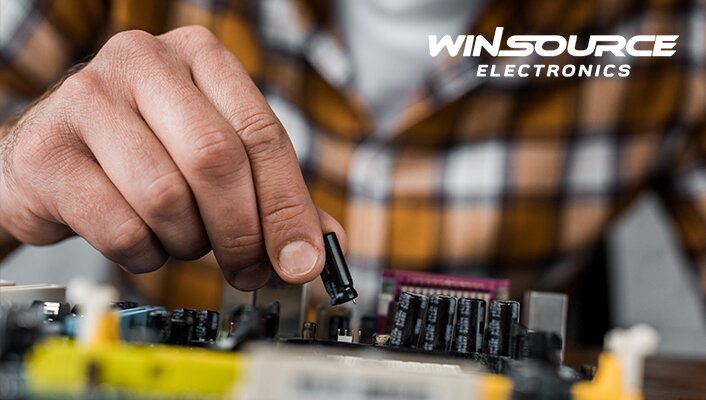
In the world of electronics, transistors are the unsung heroes, performing countless functions and underpinning the modern technology landscape. Invented in the mid-20th century, these tiny semiconductor devices revolutionized the way we manipulate and control electrical signals. In this article, we will introduce the basic functions of transistors and their wide range of applications in electronic circuits.
Table of Contents
ToggleLearn about transistors
A transistor is a semiconductor device with three layers of material: emitter, base, and collector. They come in two main types: bipolar junction transistors (BJTs) and field-effect transistors (FETs). Transistors are at the heart of electronic circuits, acting as amplifiers, switches, and voltage regulators.
Transistor function
Amplification: One of the main functions of a transistor is signal amplification. For example, when used in a common-emitter configuration, BJTs can significantly increase the strength of weak electrical signals. This is crucial for audio amplifiers, where small input signals from microphones or musical instruments are amplified to drive speakers.
Signal switching: Transistors can act as electronic switches. By applying a small current or voltage to the base of a transistor, a larger current flowing between the collector and emitter can be controlled. This property is the basis of digital logic gates, where transistors are used to process binary information (0s and 1s) in computers and microcontrollers.
Voltage Regulation: Transistors, especially FETs, are used in voltage regulation circuits to maintain a stable output voltage regardless of fluctuations in the input voltage. This is critical for power supply and battery charging circuits.
Oscillation: Transistors can produce an oscillating signal, which is an essential function of many electronic devices, including radios, televisions, and clocks. By configuring transistors as oscillators, they can produce an alternating current (AC) signal at a specific frequency.
Applications of transistors in circuits
Audio Amplifiers: Transistors are important components in audio amplifiers, enhancing the fidelity and power of audio signals in devices ranging from headphones to home theater systems.
Digital Electronics: Transistors are the building blocks of digital circuits and form the basis of microprocessors, memory chips, and all digital logic gates.
Power Electronics: In power electronics, transistors control large current flows, making them critical in variable-speed motor drives, uninterruptible power supplies (UPS), and electric vehicle powertrains.
Radio frequency (RF) devices: Transistors are used in RF amplifiers, transmitters, and receivers to enable wireless communications in devices such as smartphones, radios, and Wi-Fi routers.
Switching Regulators: Transistors are key components of switching regulators, which effectively convert and regulate power in electronic devices such as smartphones and laptops.
Light Emitting Diode (LED): Transistors control the current supplied to LEDs, allowing precise adjustment of brightness in displays, indicators, and lighting applications.
In conclusion
Transistors have shaped the landscape of modern electronics with their superior functionality and versatility. From the smallest microchips to the largest power converters, they are the building blocks of nearly every electronic device we use today. As technology continues to advance, transistors will continue to play a key role in enabling innovation and increasing the efficiency and functionality of electronic circuits, ensuring that the magic they bring to the electronic world continues to evolve and expand.

COMMENTS